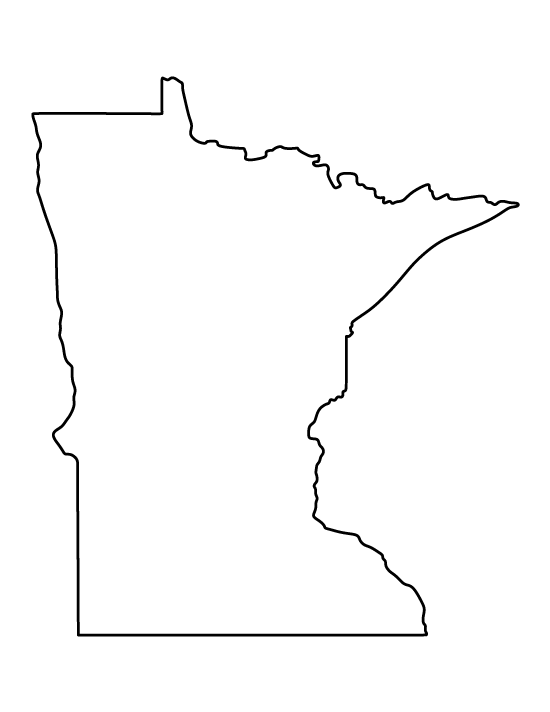Minnesota
Inventors Hall of Fame

Eight of Ford’s twelve patents involve upgrades to cathodes used in the laser gyros, extending the life of the laser. Earlier versions of the gyro used a very small cathode, or negative electrode, which had the tendency to cause the gyro to fail over time. Ford exceeded the goals by developing a gyro with projected lifetime beyond 250,000 hours. Her contribution means that the device can outlive the plane or vehicle in which it is installed, and allows for the use of the gyro in systems, like space stations, that can not be maintained. This long life technology made it possible for Honeywell to obtain a contract to build systems for Space Station Freedom - a $400 million effort. Later, Ford developed a gyro smaller than thought possible with a projected lifetime over one million hours of life (114 years!). To achieve this "miracle," she had to invent new technologies, new materials, and new accelerated testing methodologies.
Carol M. Ford
(1956 - ) Honeywell physicist and engineer, Carol Ford is honored for her work on the ring laser gyroscope, a device used to measure rotation in navigation, guidance, and reference systems for aircraft, missiles, military land vehicles, outer space and commercial applications. The triangle shaped ring laser gyroscopes range in size from nine inches per side to a miniature that is less than one inch per side - the size of a quarter. Applications range from manufacturing to aircraft and missiles, to space stations. A group of 250 developed Honeywell’s ring laser gyroscope. Ford’s major contributions have been extending the useful life of laser gyros for applications where maintenance is not possible, and reducing their size for applications where space is at a minimum.
